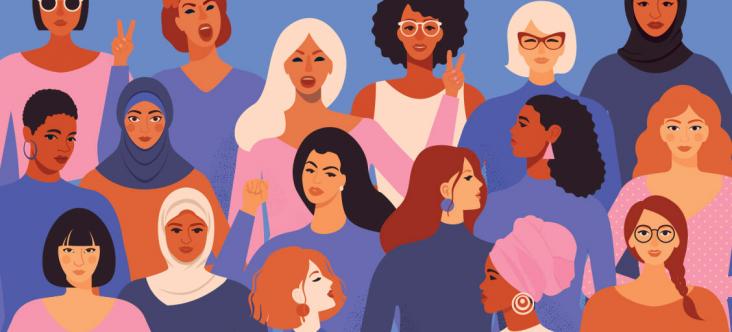
In recognition of International Women’s Day (IWD), Elsevier, a global leader in information analytics specializing in science a
RELX’s Global Head of Corporate Responsibility, Dr Márcia Balisciano, talks to Dr. Marianne Legato about gender-specific medicine.
In this conversation of the “World We Want” podcast series, RELX’s Global Head of Corporate Responsibility, Dr Márcia Balisciano, talks to Dr. Shola Mos-Shogbamimu about leadership.
Objective: To explore and describe norms concerning maternity, femininity and cisgender in lesbian and bisexual women and transgender people (LBT) assigned female at birth, with an expressed fear of c
Transgender and gender diverse health education for future nurses: Students' knowledge and attitudes
Background: Compared to cisgender peers, transgender and gender diverse (TGD) people experience significant health disparities associated with discrimination and limited access to appropriate care in
Women and children bear substantial morbidity and mortality as a result of armed conflicts.
Background: Existing studies evaluating the association between maternal risk factors and specific infant outcomes such as birthweight, injury admissions, and mortality have mostly focused on single r
Background: Previous studies have shown an excess risk of Alzheimer's disease and related dementias among women. Education is thought to have a causal association with dementia onset.
Background: The incidence of metastatic spine disease (MSD) is increasing among cancer patients.
